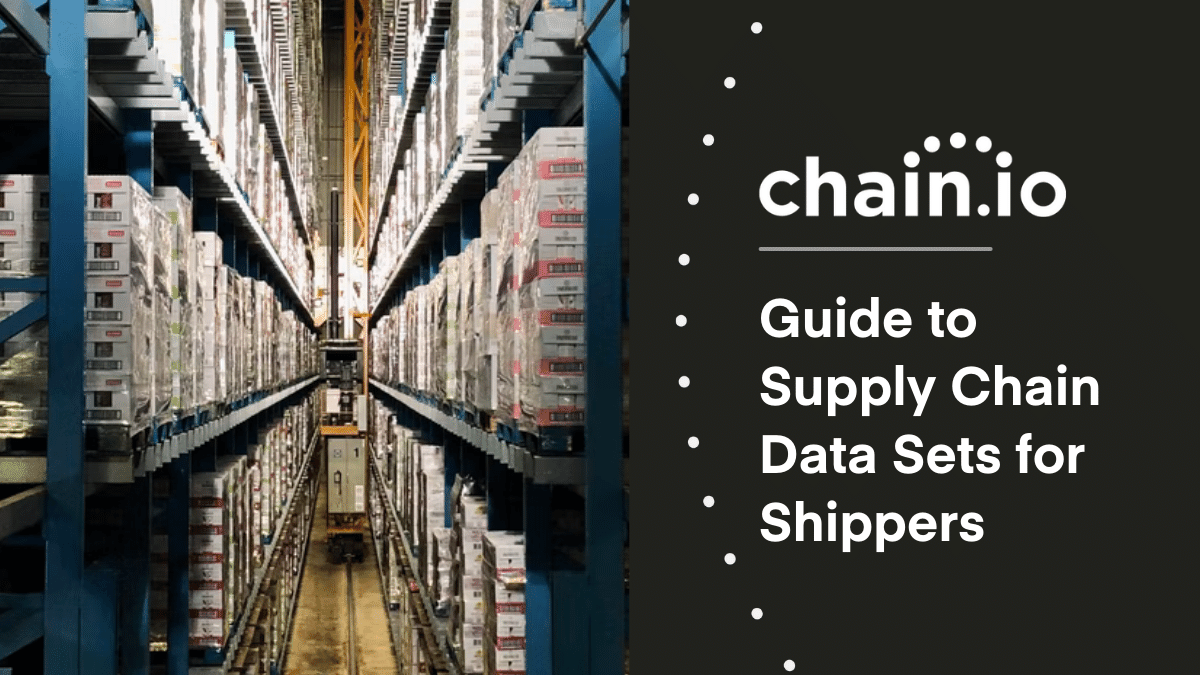Master Data
This is the baseline data that is shared across all of your business processes.
It includes things like your product list, supplier list, approved carriers, warehouse locations, and store locations.
Master data usually lives inside your systems, like your ERP, and is distributed to forwarders and vendors as needed.
Master data includes many unique fields related to your industry, like formulation details and size breakdowns.

Commercial
This is the data that represents your transactions with your suppliers.
The core transactions are the purchase order, commercial invoice, and customs entry.
You issue purchase orders from your ERP or other internal system, and when your vendors fulfill those orders, they return a commercial invoice for payment.
Electronically matching your commercial invoices, purchase orders, and customs entries is the foundation of a great compliance program.
Orders involve a lot more than just the items and prices. Schedules, terms, and other details are laid out here.

Transportation
This data answers the question, “Where’s my stuff?”
A range of data feeds come together to give you a total picture of the movement of your product.
Status messages from carriers, brokers, and forwarders combined with third-party tracking tools give you shipment-level visibility.
Combining these location signals with bookings, item-level advanced shipment notices, warehouse receipts, and packing lists provides actionable details at the SKU level.
Loading this wide range of messages into a single visibility tool helps streamline a diverse set of data.

Financial
Half of the financial picture is paying for the product…
The purchase order and commercial invoice you established in your commercial documents cover these transactions.
Having high upfront order quality with few changes is the best way to avoid issues when it comes time to settle.
If your suppliers are unable to provide automated invoices, at least make sure they’re submitting in a consistent format that you define so transactions can be cleanly audited.
… the other half is paying your service providers.
The freight or brokerage invoice is the key transaction here.
Insist on clear invoices with detailed charges and consistent charge codes in both PDF and electronic formats.
Combining your freight and commercial invoices in one system can show you the “landed cost” for your products. (And make your CFO love you.)
Chain.io has solutions with supply chain expertise built in. Take a look, and get in touch if you'd like to learn more.
Explore our solutions